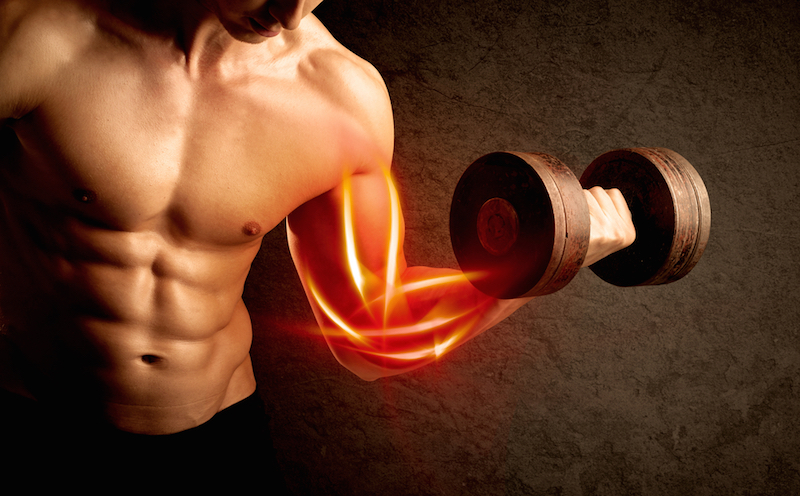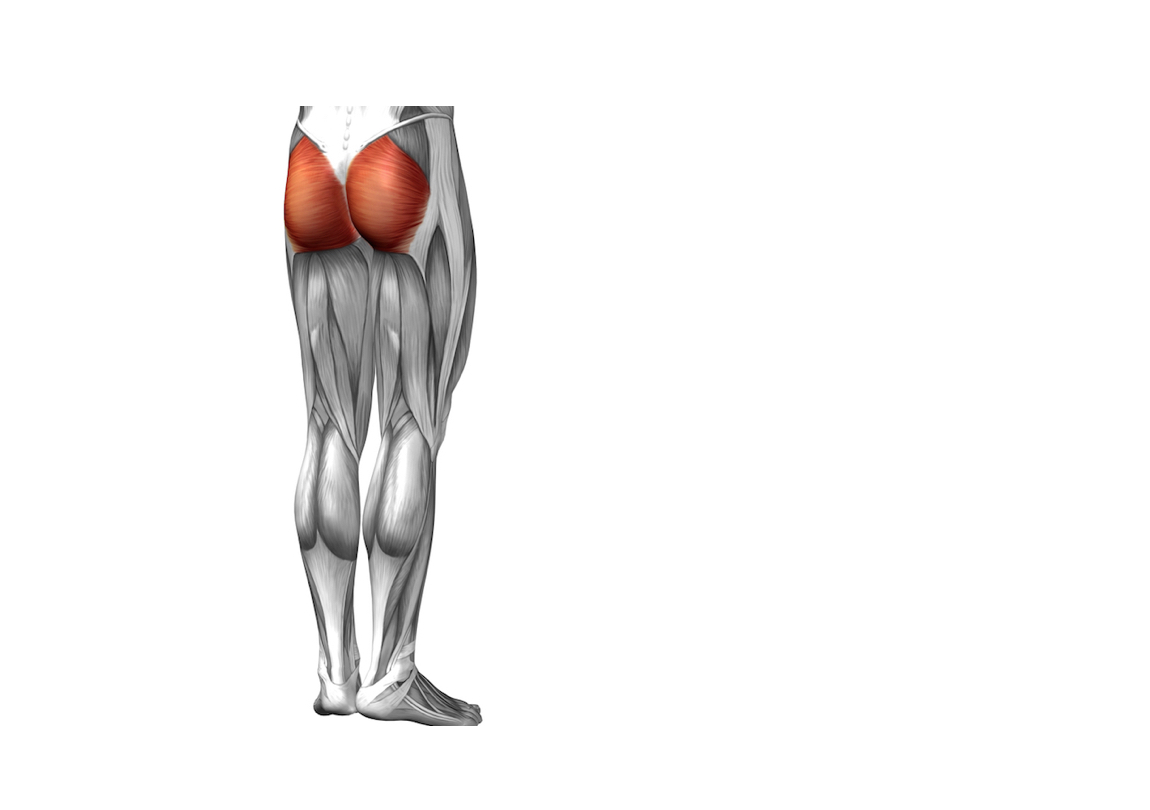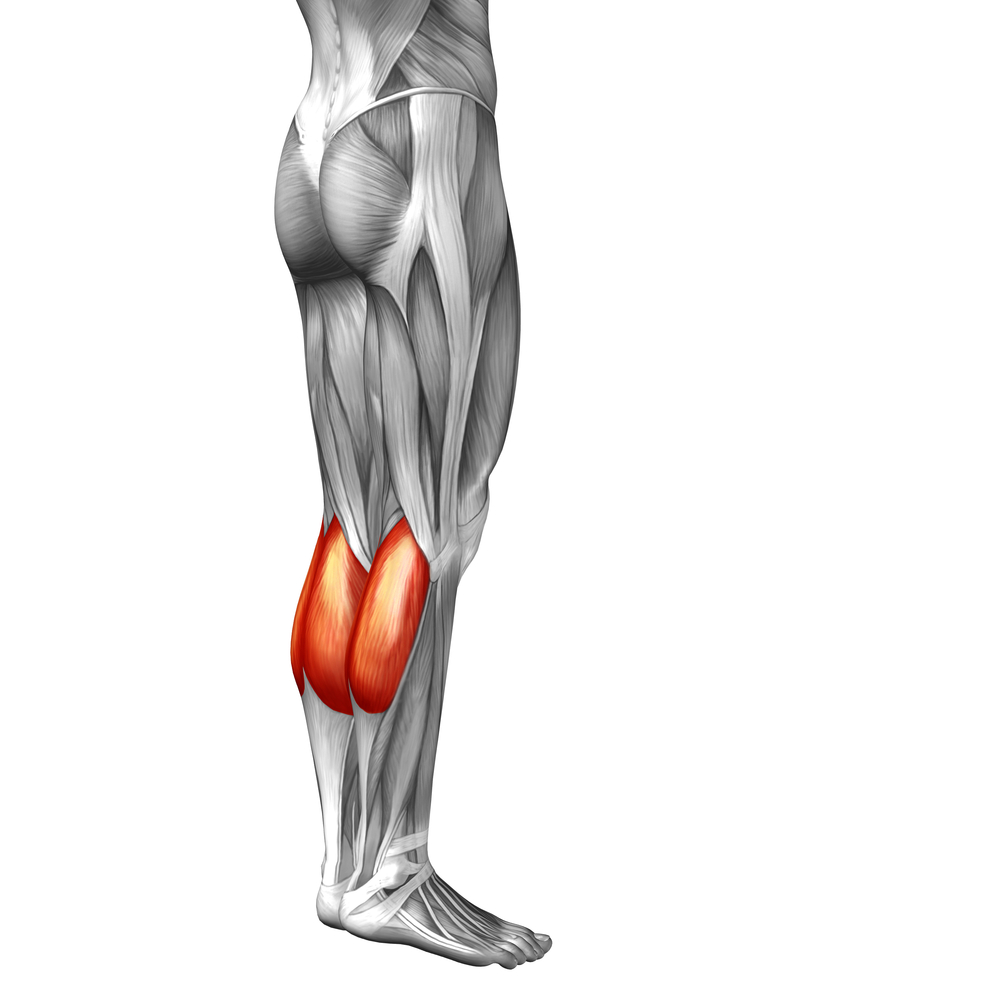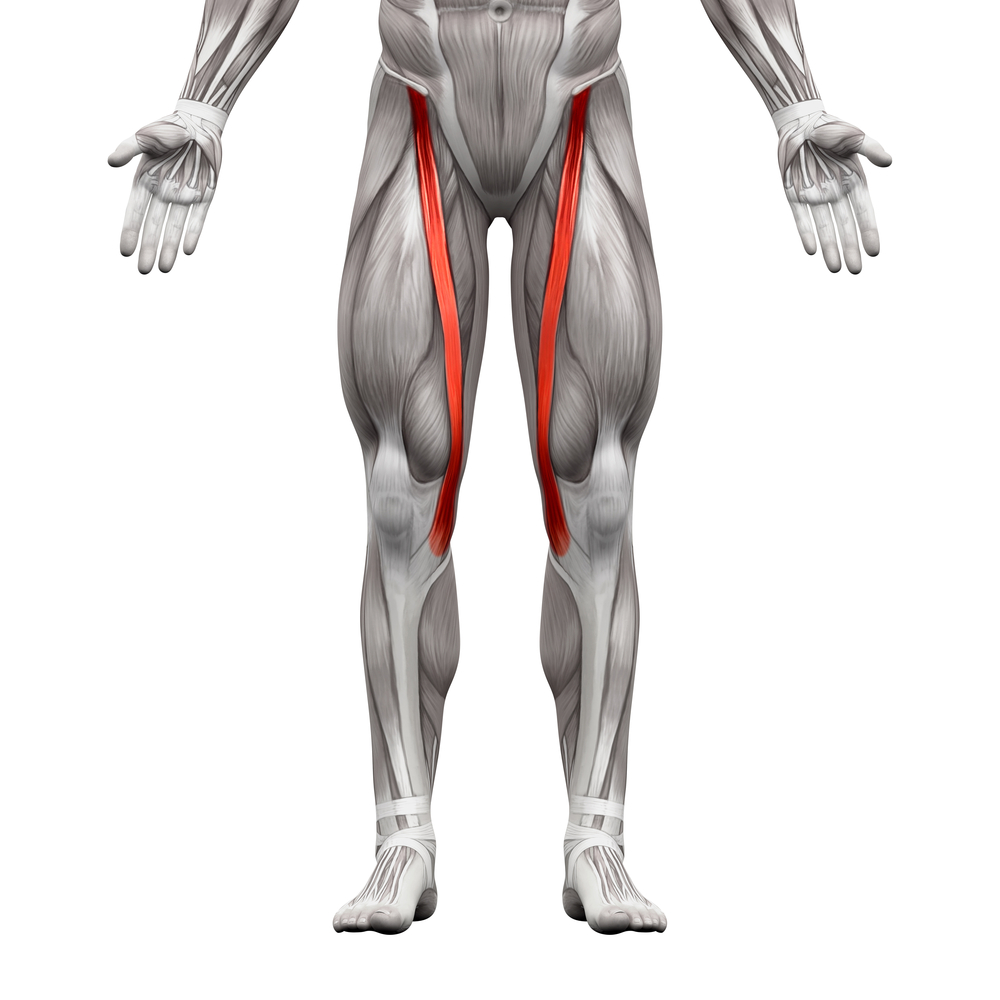Meet Your Muscles: 6 Remarkable Human Muscles

The human body has more than 600 muscles, which help people walk, run, eat and even smile. Some muscles have garnered more fame than others, however.
Here's a rundown of some of the most interesting muscles in the body.
Biggest muscle
The biggest muscle in the human body is the gluteus maximus, or the buttock muscles, also known as "the glutes." These muscles (there is one on each side) help move the hips and thighs, and keep the trunk of the body upright. They are the chief muscles that work against gravity when you're walking up stairs, according to the Library of Congress.
Smallest muscle
The smallest muscle in the body is located inside the ear. It's called the stapedius, and it's less than 2 millimeters long, according to Guinness World Records. Its job is to support the smallest bone in the body, called the stapes, which is part of the middle ear and helps conduct vibrations to the inner ear.
Strongest muscle
Get the world’s most fascinating discoveries delivered straight to your inbox.
No single muscle in the body can be called the "strongest," because strength can be measured in different ways. If you consider the muscle that pulls in a single direction with the most force to be the strongest, then the calf muscle, known as the soleus, would be the winner, according to the Library of Congress. But if you define strength as the muscle that exerts the most pressure (or the force exerted per unit area), then the winner would be the jaw muscle, called the masseter. The jaw can close teeth with a force as great as 200 lbs. (890 newtons), the Library of Congress said.
Most injured muscle
Exactly which muscle you are most prone to injuring depends on the activities that you do. But among runners, the most commonly injured muscle is the hamstring, according to a 2012 review study. That research found that hamstring injuries affect about 7 percent of runners. (Overall, the most common injury among runners is shin splints, which involves inflammation of not only the muscles, but also the tendons and bone tissue, and affects about 10 percent of runners.)
Hardest-working muscle
While "hardest working" can be defined in various ways, most sources seem to agree that the heart is the hardest-working muscle. This organ pumps at least 2,500 gallons (9,450 liters) of blood per day and beats over 3 billion times during the average person's life span, according to the Library of Congress.
Longest muscle
The longest muscle in the body is the sartorius muscle, which runs diagonally down the thigh. It stretches from the outer side of the hip bone down to the inside of the knee bone. The sartorius can be up to 23 inches (60 centimeters) in length, according to a 2005 paper.
Original article on Live Science.

Rachael is a Live Science contributor, and was a former channel editor and senior writer for Live Science between 2010 and 2022. She has a master's degree in journalism from New York University's Science, Health and Environmental Reporting Program. She also holds a B.S. in molecular biology and an M.S. in biology from the University of California, San Diego. Her work has appeared in Scienceline, The Washington Post and Scientific American.





